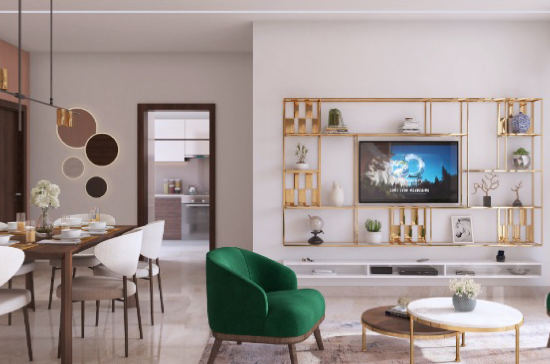
NEOM: Designing a smart city for Saudi Arabia
Bringing about a revolution in civilisation — that is what encapsulates the vision of NEOM, Saudi Arabia’s modern and futuristic smart city project.
The term ‘NEOM’ has been derived from the Greek word, Neo, meaning ‘new’ and M, denoting Mustaqbal, in Arabic, translating to future. Thereby, the project conveys the vision of a new future by Saudi Arabian crown prince, Mohammed bin Salman, the country’s de facto ruler.
With a total planned area of 26,500 km2, this new urban area is located north of the Red Sea, east of Egypt across the Gulf of Aqaba and south of Jordan.
The program aims to modernise the country and find a more sustainable economic model in anticipation of the end of the oil industry rent.
NEOM is designed to provide a healthier, more sustainable quality of life capable of being home to 9 million residents, spread over a 34 km2 footprint. The entire project is designed in a multi-dimensional format providing residents access to all requirements in a 5-minute radius.
If you want to imagine how accessible NEOM would be, you can travel end to end on foot in simply 20 minutes! This drastically reduces the overall carbon footprint in this project with 0 carbon emissions.
As a whole, the NEOM project comprises 5 regions as follows:
- The Line: A linear city spanning 170 km in length and 200 m in width, this city will provide a hospitable community to 9 million residents. Its multi-dimensional format shall house multiple buildings in one continuous structure with an entirely glass mirror exterior.
- Oxagon: An octagon-shaped floating industrial complex, it is designed to focus on manufacturing, industrial research and development that incorporates the former Duba port.
- Trojena: A novel project, Trojena shall offer a first major outdoor skiing destination in the Arabian Peninsula in the form of a ski village while hosting a variety of restaurants and retail stores making it a recreational hub.
- Sindalah: A recreational hotspot, Sindalah offers a luxury resort with 3 luxury hotels for visitors.
- Gulf of Aqaba: Set on a stunning coastline, this hotspot shall host breathtaking destinations, comprising exclusive communities with bespoke hotels and residences.
What makes NEOM a truly futuristic project is its ability to run on 100% renewable energy and water supplies. By choosing 100% clean energy sources, NEOM capitalises on solar and wind resources while aiming to incubate and accelerate renewable solutions.
Shapoorji Pallonji’s International Arm — SP International plays a key part in the ongoing project with NEOM Water Reservoir Project in Saudi Arabia.
Know all about their association: https://www.shapoorjipallonji.com/project/neom_water_reservoir_project




